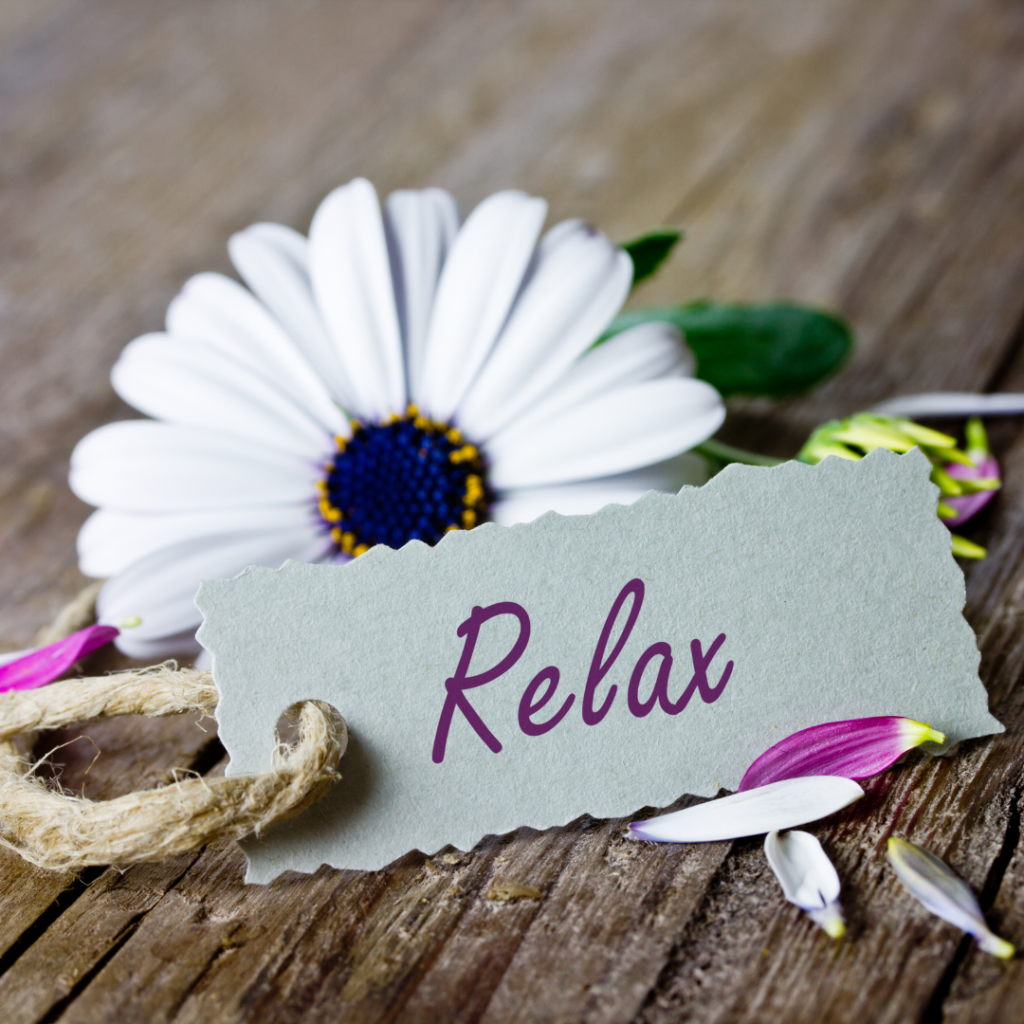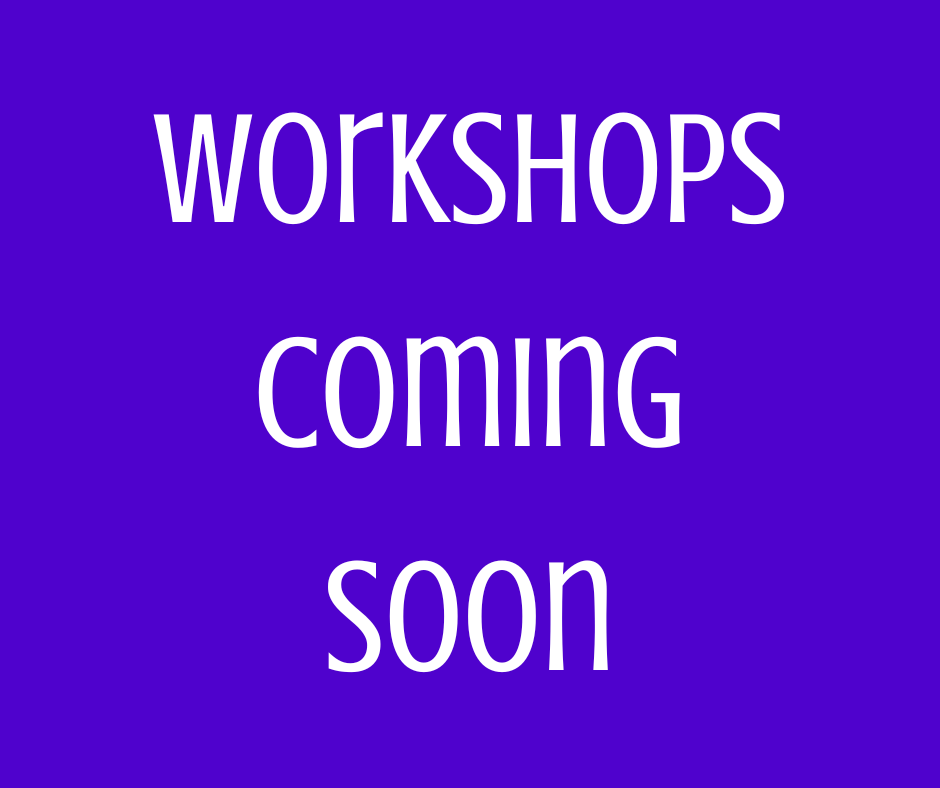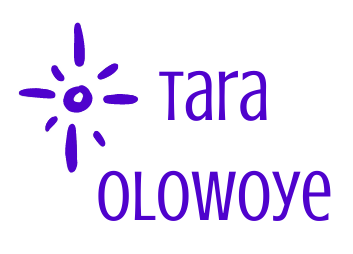Many of us think that sitting in front of the tv or watching videos on our phone is a way to relax, but did you know that doing this can actually increase stress levels in some people? Stress can lead to so many issues from hypertension to headaches to asthma. It’s important to learn how to really, truly relax to help decrease stress and increase our ability to cope and be flexible in all sorts of situations.
Why should I learn relaxation skills?
Did you know that you can break your cycle of stress? It’s true! Learning relaxation skills can break cycles of stress, and they can be used any time anywhere, so that when you feel the onset of tension, you can deploy those skills and nip that tension in the bud.
Evidence shows that relaxation skills can help us be more flexible, both mentally and physically. And a benefit of all that flexibility? Greater ability to solve problems! When we’re more at ease, we can think through issues and communicate better, which leads to solving problems more efficiently.
Knowing that it’s possible to break that cycle of stress, that there is more flexibility, and that problems are solved more easily leads to greater confidence and self-effectiveness. We feel more confident moving through life when we are relaxed, because we know that small obstacles or negative remarks will not affect or stop us. We know that we can still achieve our goals when we are relaxed.
Finally, research shows that employing relaxation skills can heal the over-sensitized stress response system, including the brain. This means that when we’ve experienced chronic stress without trying to reduce it, we’ve weakened our parasympathetic nervous system. Practicing relaxation skills can heal the damage of chronic, unbridled stress.
So, what can I do to relax?

One key technique to learn is progressive muscle relaxation, and then it’s key to practice it regularly! PMR systematically relaxes both the muscles and the mind, slowing thoughts completely. In my own personal experience, PMR makes me not care about anything! And after the first time, that intense relaxation was like a high that I kept wanting to chase.
Other relaxation techniques also use some sort of PMR, including applied relaxation or cue controlled relaxation, and they usually take less time so that they can be used situationally. For example, cue controlled relaxation can be used when we first experience the warning signs of stress.
Various breathing techniques also induce a relaxation response, including box breathing and alternate nostril breathing (which is also taught in yoga). One breathing technique I particularly like is to breathe in filling the lungs only halfway, holding for several seconds (usually to a count of 4 in my case), breathing in more to fill the lungs, and hold for several more seconds before very slowly exhaling. The 4-7-8 technique is also good: inhale to a count of 4, hold to a count of 7, and exhale to a count of 8. As with all relaxation skills, the more you practice, the better you will be at using them, and the more relaxed you’ll be generally.
Want to learn more?

If you’d like to learn more about relaxation skills or if you’d like to work with me, I offer both workshops and one to one sessions. See my workshops page or contact me about sessions. As a qualified Cognitive Behavioral Hypnotherapist, I can help you work through your stress, relax more efficiently, and help you be more effective in your life!
